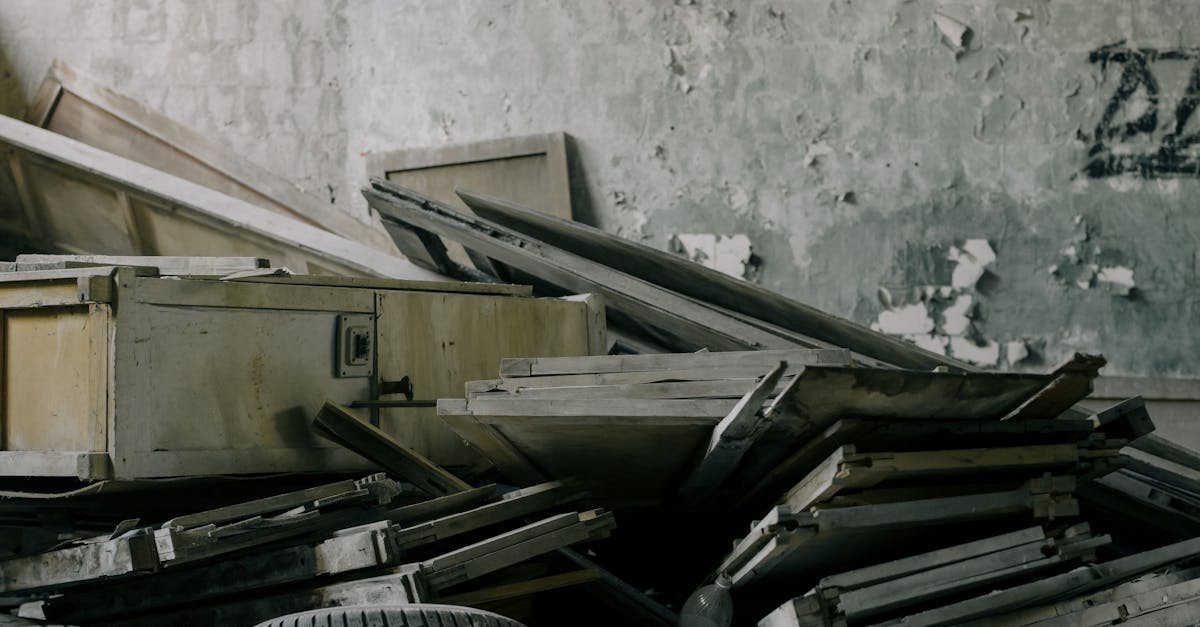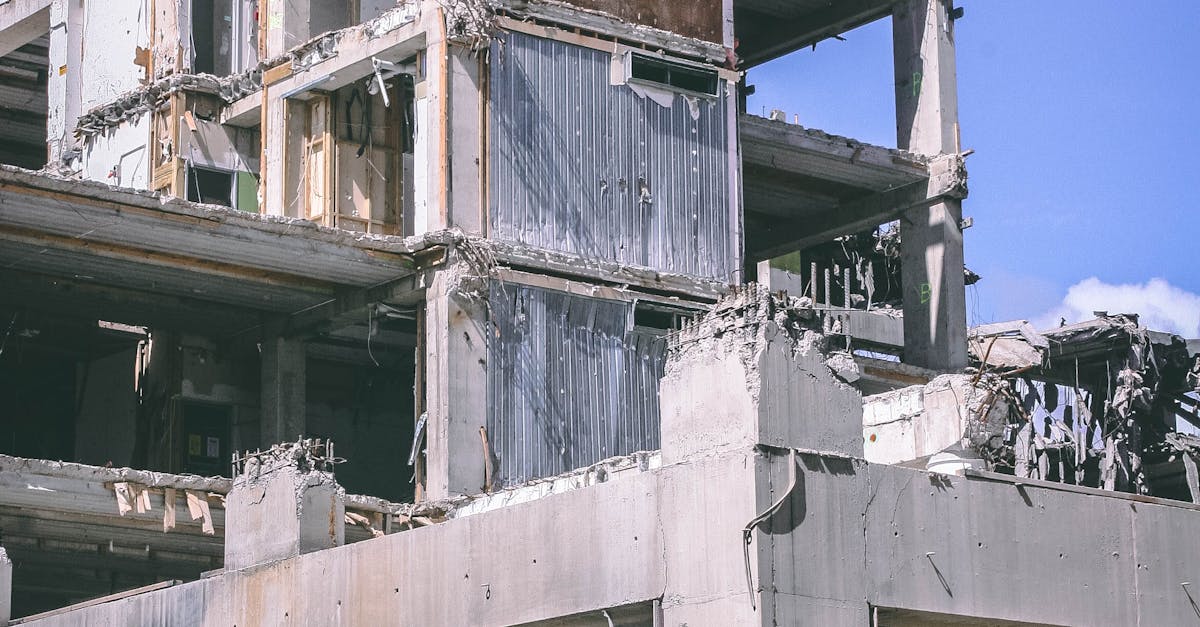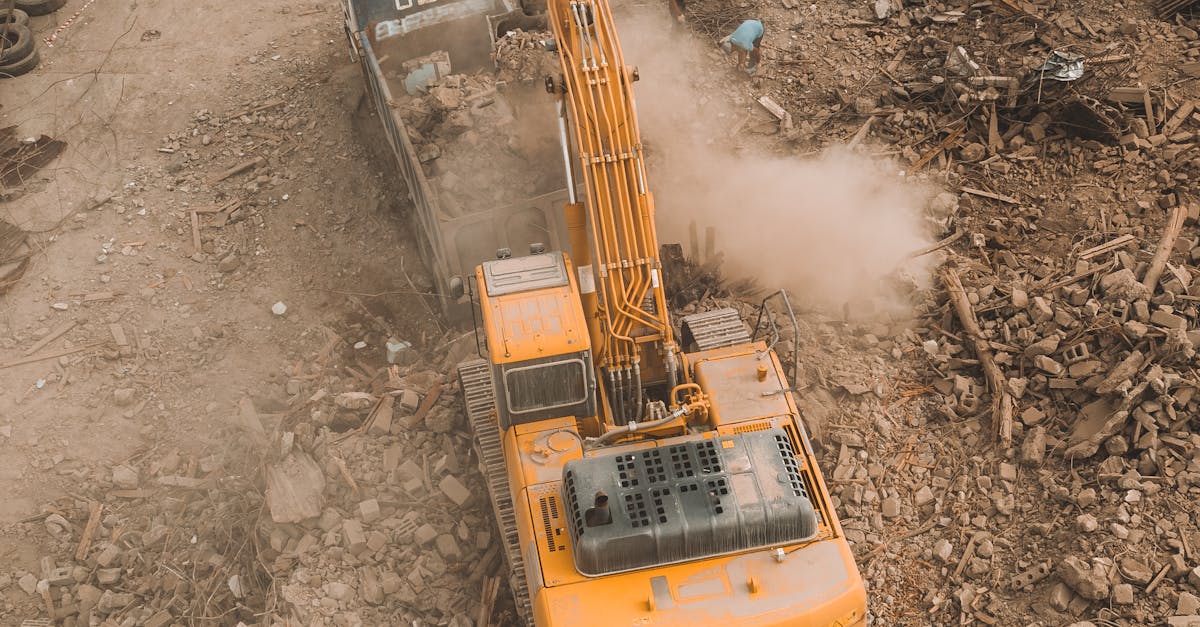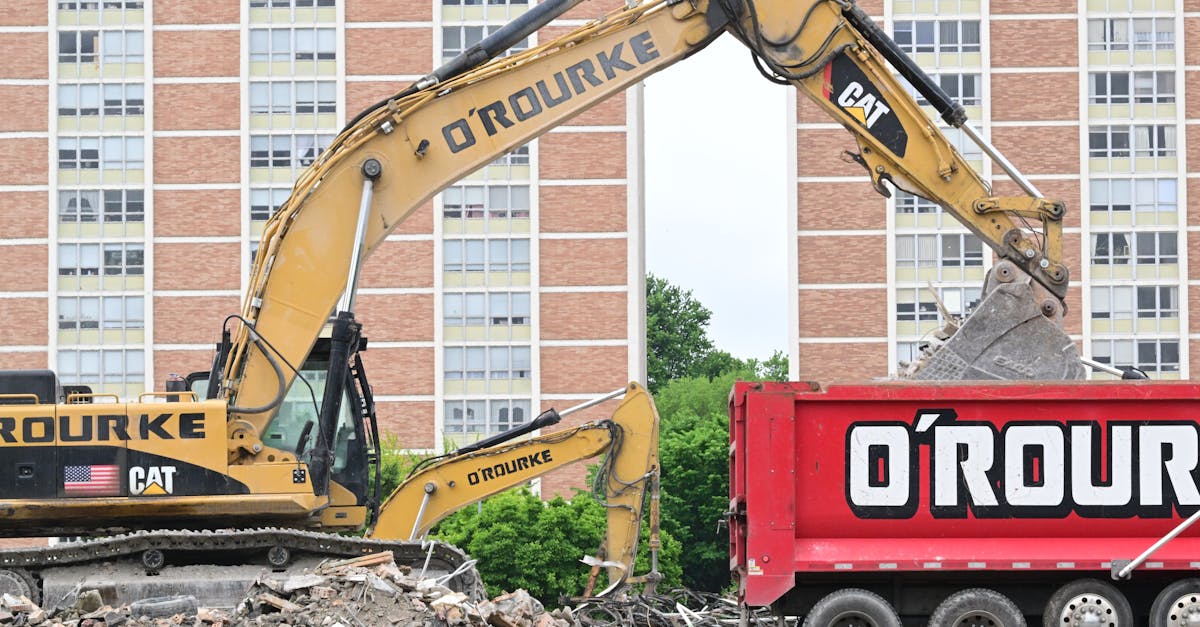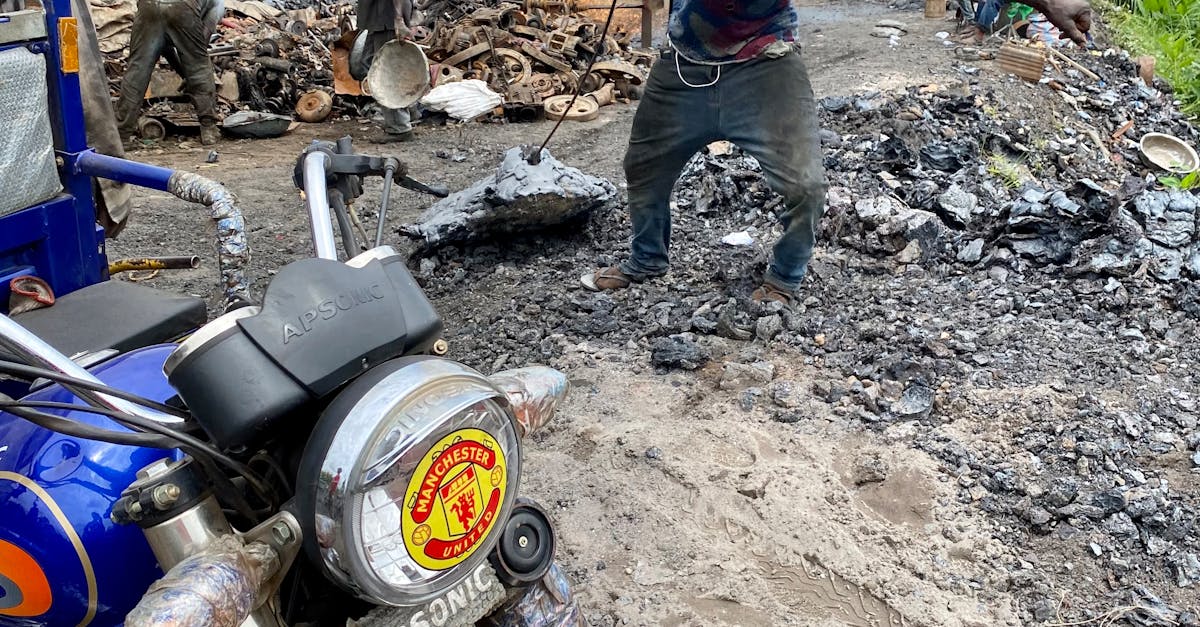
Table Of Contents
Utilizing Recycling Facilities
Utilizing recycling facilities is an essential step in responsible Construction Debris Removal. These facilities are equipped to process various types of construction waste, ensuring that materials like concrete, wood, and metal are repurposed rather than ending up in landfills. By segregating materials at the site and delivering them to recycling centers, construction companies can significantly reduce their environmental impact and contribute to sustainable waste management practices.
Locating the nearest recycling centers for construction debris can sometimes be a challenge, but it is a crucial task for ensuring that materials are disposed of properly. Many recycling facilities offer drop-off or pick-up services for construction waste, making it convenient for contractors to divert recyclable materials from landfills. By incorporating recycling facilities into their waste management plans, construction companies can not only comply with regulations but also demonstrate their commitment to environmental stewardship.
Locate Nearest Recycling Centers for Construction Debris
Locating the nearest recycling centers for construction debris is essential for responsibly managing waste materials generated from construction projects. By utilizing recycling facilities, you not only contribute to reducing the environmental impact of construction debris but also promote sustainability within the industry. Construction debris removal through recycling centers ensures that materials such as concrete, wood, metal, and other recyclable items are processed and reused efficiently, diverting them from ending up in landfills.
To find the nearest recycling centers for construction debris, start by researching online directories or contacting local waste management authorities for information. Many recycling facilities specialize in processing specific types of construction debris, so it is crucial to identify centers that can handle the materials you need to dispose of. Furthermore, some recycling centers offer pickup services for large quantities of construction debris, making the disposal process more convenient and streamlined. By proactively seeking out recycling options for construction debris removal, you actively participate in sustainable waste management practices that benefit both the environment and the community.
Complying with Local Regulations
Construction debris removal is subject to strict local regulations to ensure proper disposal and reduce environmental impact. Understanding and adhering to waste disposal laws and guidelines is crucial for construction projects of any scale. Failure to comply with these regulations can lead to fines, penalties, and harm to the surrounding community and ecosystem.
Local regulations typically dictate the acceptable methods for construction debris removal, which may include recycling, reuse, or landfill disposal. It is essential for contractors and builders to have a clear understanding of the specific requirements in their area to avoid any legal ramifications. By following these regulations diligently, construction debris removal can be carried out responsibly and sustainably, contributing to a cleaner and safer environment for all.
Understand and Adhere to Waste Disposal Laws and Guidelines
Understanding and adhering to waste disposal laws and guidelines is a crucial aspect of responsible construction debris removal. These regulations are put in place to ensure the proper handling and disposal of construction waste to protect public health and the environment. It is vital for construction companies and individuals involved in construction projects to be aware of the specific laws and guidelines governing the disposal of construction debris in their area.
Violating waste disposal laws can result in hefty fines and legal consequences, making it imperative to stay informed and compliant. By familiarizing themselves with the local regulations regarding construction debris removal, individuals can avoid potential penalties and contribute to a more sustainable construction industry. Proper disposal methods not only benefit the environment but also promote a safer and healthier community for everyone.
Landfill Disposal
Landfill disposal is often considered a last resort option for construction debris removal. When all other avenues have been exhausted, and the debris cannot be recycled or reused, landfill disposal becomes necessary. It is crucial to ensure that the debris being sent to the landfill is truly irreusable and cannot be salvaged in any way.
Construction debris sent to landfills should be properly sorted and separated to optimize space and reduce environmental impact. Materials that can decompose should be separated from those that are non-biodegradable to facilitate more efficient waste management. Proper disposal practices help minimize the amount of waste that ends up in landfills, contributing to a more sustainable approach to construction debris removal.
Last Resort Option for Irreusable Construction Debris
When all other options have been exhausted, landfill disposal becomes the last resort for construction debris removal. In situations where materials cannot be salvaged, recycled, or repurposed, sending the debris to a landfill is unavoidable. While this method may be necessary for certain types of construction waste that cannot be reused, it is crucial to minimize the amount of debris that ends up in landfills to reduce environmental impact.
Landfill disposal should only be considered for items that have no potential for reuse or recycling. It is essential to segregate materials properly before sending them to landfills to ensure that any salvageable or recyclable items are diverted from this final destination. When utilizing landfill disposal for construction debris removal, it is important to adhere to all regulations set forth by local authorities to prevent any negative consequences for the environment and surrounding communities.
FAQS
Can construction debris be recycled?
Yes, construction debris can be recycled at designated recycling facilities.
How can I locate the nearest recycling centers for construction debris?
You can easily locate the nearest recycling centers for construction debris by conducting a quick online search or contacting your local waste management authority.
Are there any regulations that need to be followed when disposing of construction debris?
Yes, it is important to comply with local regulations when disposing of construction debris to ensure proper waste management practices are followed.
What should I do to understand and adhere to waste disposal laws and guidelines?
To understand and adhere to waste disposal laws and guidelines, it is recommended to consult with local authorities or waste management experts for guidance.
Is landfill disposal a viable option for construction debris?
Landfill disposal should be considered as a last resort option for irreusable construction debris, as recycling and other sustainable disposal methods are preferred.
